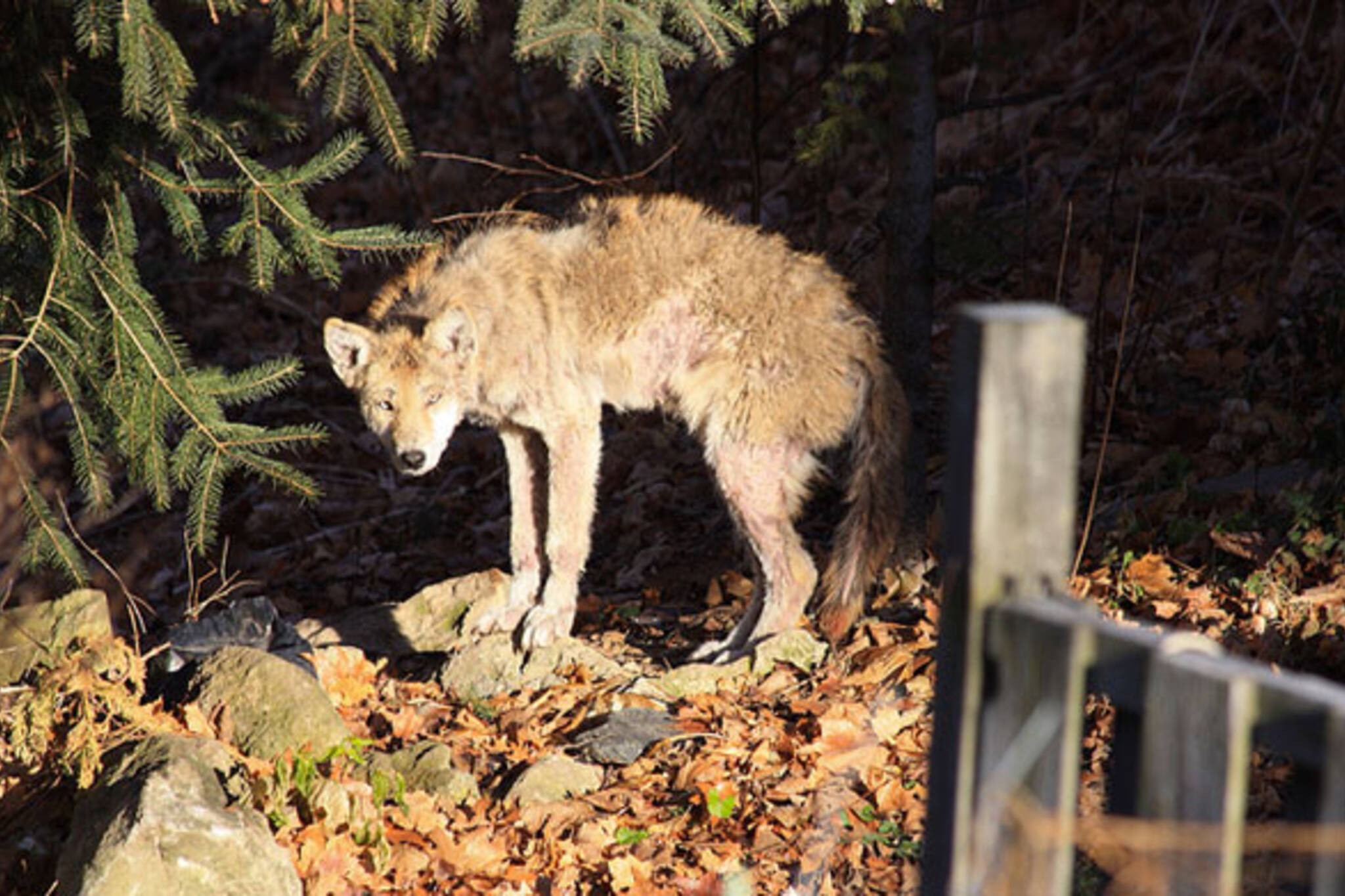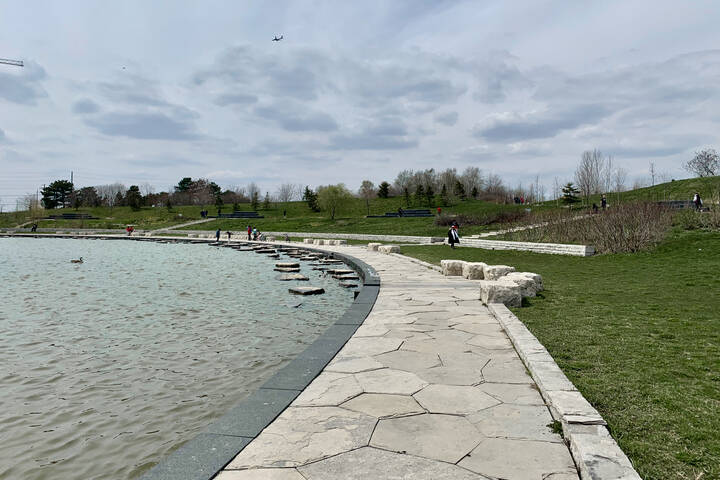
Everything worth knowing about coyotes in Toronto
Not all Toronto's wildlife is cute, cuddly, and small. An increasing number of urban coyotes live in our ravines and forested areas, picking off our fluffy kittens and backyard-dwelling pooches, occasionally scaring the wits out of a walker or early morning runner.
While there are only estimates on the number of coyotes within the city limits, David Sugarman, an animal expert from the Ontario Science Centre, says sightings are likely to become more common in future.
"The traditional places to live are being encroached upon by humans, farmland being turned into suburbs," Sugarman says. "These guys are quite adaptable. They've been very successful at accommodating the shift from the wild to living in cities. In a place like Toronto or the GTA where we have a lot of ravines and river valleys, it's perfect for them."
Outside of the city, coyotes typically dwell on the outskirts of grasslands, in river valleys, and scrubland. In Toronto, The Beach, Humber, Don, Rouge, and other river valleys, and open spaces in the suburbs make for happy hunting grounds. The habitat of the coyote covers almost all of North America, save for eastern and northern parts of Canada.
Though they often hunt alone, Coyotes are social animals that are raised in a pack oriented around a reproductive female. Sexually active pairs are monogamous and usually produce litters of around six pups. Well-fed adults can weigh up to 25 kilos--similar to a medium-sized domestic dog.
Urban coyotes, which often get mistaken for foxes or feral dogs, generally feed on mice and other small animals, but backyard pets also make tasty morsels for hungry canines. Like raccoons and opossums, coyotes are equally comfortable foraging for scraps of food among bins and urban detritus. "They'll eat garbage, they'll eat fallen fruit," Sugarman says. "They catch rabbits, they catch mice ... they are omnivores."
"The fact that we see them in city means they are OK there."
Unlike other animals, however, coyotes may pose a threat to humans if they are hungry, desperate, or cornered. Sugarman points to the tragic case of 19-year-old folk singer Taylor Mitchell, who was killed by the animals while walking in Cape Breton Highlands National Park.
Mitchell's was the first recorded case of coyotes attacking and killing an adult, but there have been recent close encounters in Riverdale Park. In the last couple of weeks, a sick coyote was humanely captured roaming near the Scarborough Bluffs.
In the unlikely event of an encounter, the best course of action is to make yourself appear large and aggressive by shouting and waving your arms, Sugarman says. "Usually what they'll do is just go away from you ... since they're a members of the dog family, you want to do what another dominant dog would do: stare it down, show it that you're the boss. You don't want to turn your back and run away from it."
The dangers aren't just limited to one-on-one encounters, either. As a parasitologist, Sugarman has studied all kinds of nasty invasive organisms, one of them being the coyote-dwelling Echinococcus multilocularis which, if ingested, can cause seriously unpleasant long-term health complications, sometimes death.
If eaten, the microscopic parasites can form tumour-like masses in the host's internal organs or brain. Though rare, human cases often occur following direct contact with coyote scat or an animal, like a pet dog or cat, that has encountered the poop and is carrying it on its fur or paws. It's also possible to contract the parasite after touching plants or grasses contaminated with infected coyote poop.
Despite the possibility of danger, Sugarman thinks wild animals like coyotes enrich the experience of living in a city.
"In a way, it makes living in city rather interesting because you get this wildness to the city," he says. "I guess we can just enjoy it if they don't become bothersome, it makes our environment richer."
Further Toronto animal reading:
- Cute, crafty and toxic - meet the raccoons of Toronto
- Everything worth knowing about opossums in Toronto
- All you need to know about white squirrels in Toronto
- Get to know the squirrels of Toronto
Chris Bateman is a staff writer at blogTO. Follow him on Twitter at @chrisbateman.
Image: G. Andrew Crump/blogTO Flickr pool.
Latest Videos
Latest Videos
Join the conversation Load comments







